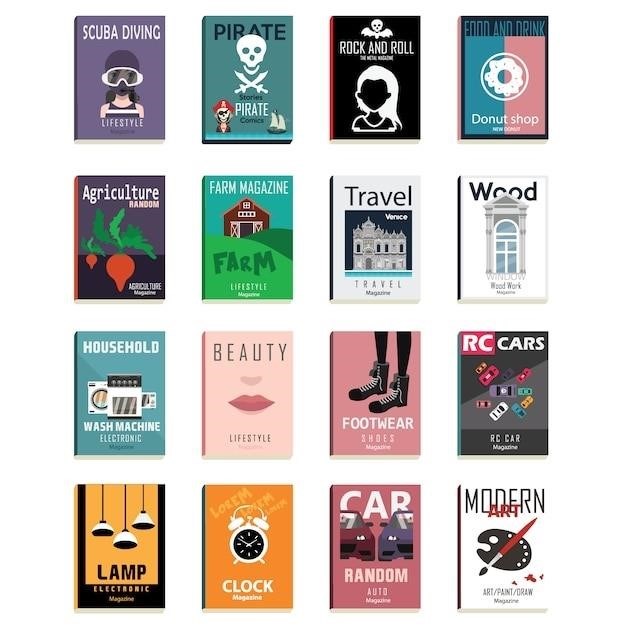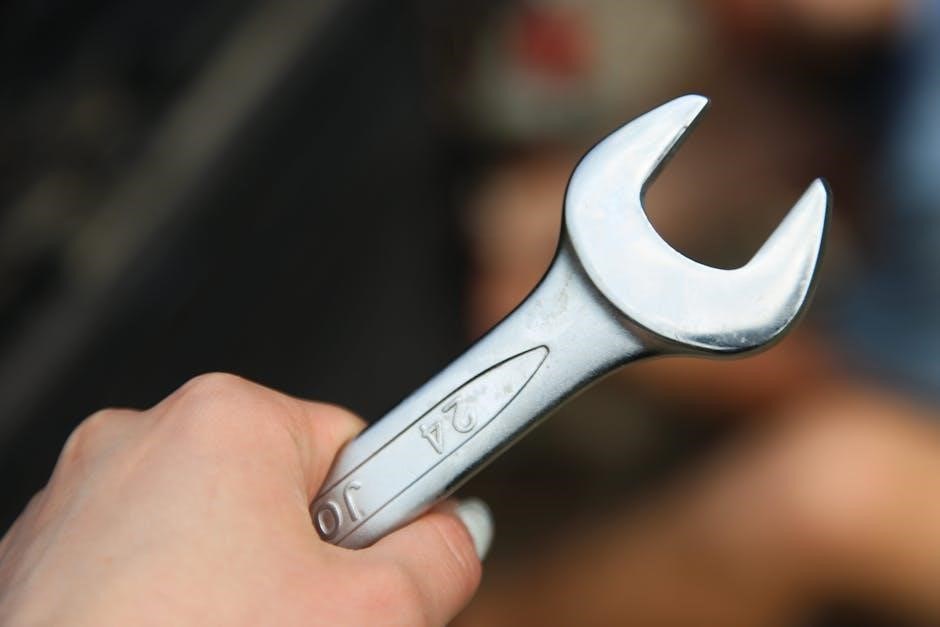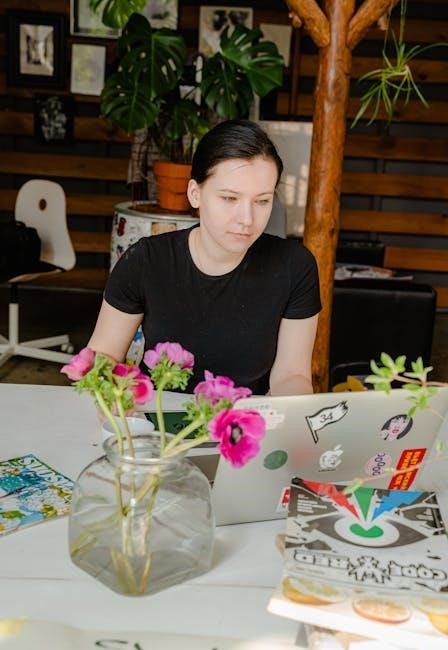Chauvet Obey 70 Universal DMX-512 Controller
The Chauvet Obey 70 Universal DMX-512 Controller is a powerful and versatile lighting controller designed for both beginners and experienced users. It features a user-friendly interface with 14 faders, an assignable joystick, and numerous buttons and knobs for programming and controlling up to twelve 32-channel fixtures.
Introduction
The Chauvet Obey 70 is a versatile DMX lighting controller that bridges the gap between smaller rack-mount controllers and larger control desks. It’s a powerful and user-friendly tool for controlling lighting fixtures in a variety of applications, from small clubs and bars to larger concerts and theatrical productions. The Obey 70 provides a compact and portable solution for controlling lighting fixtures, making it ideal for mobile DJs, lighting technicians, and anyone who needs a reliable and versatile lighting controller. This manual will guide you through the features, setup, programming, and operation of the Chauvet Obey 70, enabling you to unleash its full potential and create stunning lighting effects.
Key Features
The Chauvet Obey 70 boasts a comprehensive set of features that empower users to control lighting with precision and creativity. Key features include 14 faders, an assignable joystick, and a multitude of buttons and knobs for intuitive programming and control. The Obey 70 supports up to 384 DMX channels, allowing for the control of a wide range of lighting fixtures. It also offers 30 banks with 8 scenes each, totaling 240 scenes, providing ample room for storing and recalling complex lighting sequences. Furthermore, the controller features 6 chasers with 240 steps each, enabling dynamic and captivating lighting effects. The Obey 70 also offers adjustable speed and transitions for each of its saved programs, ensuring smooth and seamless lighting transitions.
Technical Specifications
The Chauvet Obey 70 is a compact and robust lighting controller, built to withstand the rigors of live performance and touring. It features a 19-inch rack-mountable design, making it easy to integrate into standard rack systems. The controller is equipped with a variety of connection options, including DMX, MIDI, and a 9-12V DC power input. The Obey 70 utilizes a robust DMX protocol for reliable and accurate control of lighting fixtures. Its MIDI connectivity allows for integration with external MIDI controllers, enhancing programming and control capabilities. The controller’s 9-12V DC power input ensures compatibility with various power sources, providing flexibility and convenience in different settings. The Obey 70 is a user-friendly and reliable lighting controller designed to meet the demands of professional and amateur lighting enthusiasts alike.
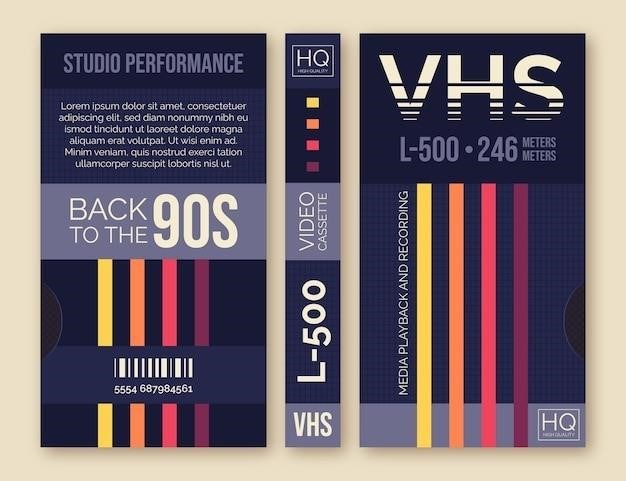
Setup and Installation
Setting up the Chauvet Obey 70 is a straightforward process. First, connect the controller to a power source using the included DC 9-12V 500mA, 110V power adapter. Ensure the power source is compatible with the voltage requirements of the controller. Next, connect the Obey 70 to your lighting fixtures using standard 5-pin DMX cables. Connect the DMX output of the controller to the DMX input of the first fixture in your lighting chain. Then, connect the DMX output of the first fixture to the DMX input of the second fixture, and so on. If you are using MIDI control, connect the Obey 70 to your MIDI controller using a standard MIDI cable. The MIDI input on the controller allows for integration with external MIDI devices, expanding your control options. Once connected, the Obey 70 is ready to be programmed and utilized to control your lighting fixtures.
Connecting to Power
To power up the Chauvet Obey 70, you’ll need the included DC 9-12V 500mA, 110V power adapter. Ensure the adapter is compatible with the voltage requirements of the controller. Locate the power input port on the rear panel of the Obey 70. This port is typically marked with a power symbol or “DC IN.” Connect the power adapter’s plug to the input port. The other end of the adapter should be plugged into a standard electrical outlet. Once the power adapter is connected, the Obey 70 will power on, indicating readiness for use. Before connecting the controller, ensure the power source is compatible with the voltage requirements of the Obey 70. This will ensure safe and reliable operation.
Connecting to DMX
The Chauvet Obey 70 is equipped with a standard 5-pin DMX connector, typically located on the rear panel. This connector is used to send DMX signals to your lighting fixtures. To connect to DMX, you’ll need a DMX cable. One end of the DMX cable should be plugged into the DMX output port on the Obey 70, while the other end should be connected to the DMX input port on your first lighting fixture. If you are controlling multiple fixtures, you’ll need to daisy-chain them by connecting the DMX output port on the first fixture to the DMX input port on the second fixture, and so on. Ensure that the DMX cable is properly connected and secured to avoid any signal loss or interference. Once the DMX connections are established, you can start programming your fixtures using the Obey 70.
Connecting to MIDI
The Chauvet Obey 70 offers MIDI connectivity, allowing you to control your lighting fixtures from a MIDI controller or computer. This feature opens up a world of possibilities for advanced programming and control. To connect the Obey 70 to a MIDI controller, you’ll need a standard 5-pin MIDI cable. One end of the cable should be plugged into the MIDI input port on the Obey 70, typically found on the rear panel. The other end of the cable should be connected to the MIDI output port on your MIDI controller. Once the connection is established, you can use your MIDI controller to send MIDI commands to the Obey 70, controlling various aspects of your lighting setup. You can also use a MIDI interface to connect your computer to the Obey 70, enabling you to use lighting software to control your fixtures.
User Interface
The Chauvet Obey 70 boasts a user-friendly interface designed for intuitive control of your lighting fixtures. At the heart of the interface are 14 faders, each representing a channel of your DMX universe. These faders allow you to adjust the intensity of your lighting fixtures with precision. A central assignable joystick provides an alternative method for controlling fixture parameters, offering smooth and dynamic adjustments. Complementing these core elements are various buttons and knobs strategically placed around the controller. These controls allow you to navigate through menus, select different modes, and manage your lighting programs with ease. The Obey 70’s interface is designed to be both intuitive and powerful, giving you complete control over your lighting setup.
Faders
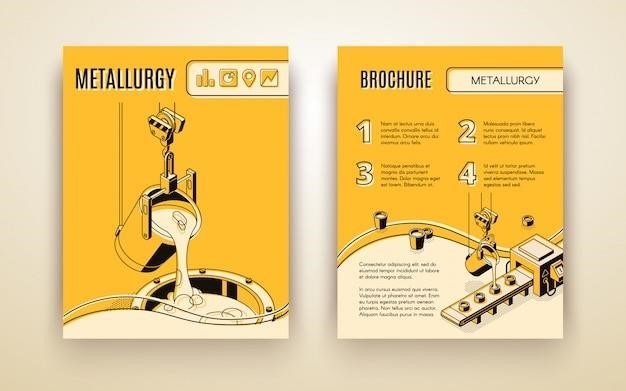
The Chauvet Obey 70’s 14 faders are the cornerstone of its control system. They offer a tactile and intuitive method for adjusting the intensity of your lighting fixtures. Each fader represents a channel of your DMX universe, allowing you to fine-tune the brightness of individual lights or control specific aspects of their functionality, such as color mixing or gobo rotation. The faders are strategically arranged, providing easy access to the most commonly used channels, enabling you to quickly and precisely modify your lighting effects during live performances or rehearsals. The smooth and responsive action of the faders allows for seamless transitions and precise control, giving you the freedom to create nuanced and dynamic lighting designs.
Joystick
The Obey 70 incorporates a versatile joystick that adds another layer of dynamic control to your lighting setup. This assignable joystick allows you to move fixtures in real-time, creating fluid and dynamic lighting effects. Imagine effortlessly panning and tilting spotlights across your stage, smoothly transitioning between colors on a wash light, or even controlling the rotation of a gobo fixture – all with the precision of a simple joystick movement. The joystick’s smooth and responsive operation allows for intuitive control, making it easy to create dynamic and captivating lighting effects that would otherwise require complex programming. Whether you’re adding subtle movement to your lights or creating dramatic sweeping patterns, the Obey 70’s joystick empowers you to add a new dimension to your lighting designs.
Buttons and Knobs
The Obey 70’s interface is thoughtfully designed with a variety of buttons and knobs that provide quick access to essential functions, making programming and control a breeze. These controls are strategically placed for easy access and intuitive operation. The buttons allow you to navigate menus, select modes, and activate various functions with a simple press. The knobs offer precise control over parameters like brightness, color, and speed. The Obey 70’s buttons and knobs provide a tactile and responsive control experience, making it easy to adjust and fine-tune your lighting effects on the fly. Whether you’re setting up a basic scene or creating complex lighting sequences, these controls empower you to take full command of your lights.
Programming and Control
The Obey 70’s intuitive programming and control system empowers you to create dynamic lighting shows with ease. Its user-friendly interface guides you through the process of creating scenes, controlling fixtures, and utilizing chase sequences. The controller allows you to assign specific fixtures to channels, manipulate their attributes like color, intensity, and movement, and store these settings as scenes. You can then recall these scenes individually or combine them into chase sequences, creating a flowing and captivating light show. The Obey 70’s comprehensive programming and control capabilities, combined with its user-friendly interface, make it a versatile tool for both beginners and seasoned lighting professionals.
Creating Scenes
The Obey 70 allows you to create and store scenes, which are snapshots of your lighting setup at a specific moment. Each scene can hold up to 384 DMX channels, giving you complete control over your fixtures. To create a scene, you first assign specific fixtures to channels on the controller. Then, you adjust the attributes of each fixture, such as color, intensity, and movement, using the faders, joystick, and buttons. Once you’ve set up your desired configuration, you can save it as a scene. You can store up to 240 scenes in the Obey 70’s memory, enabling you to quickly recall different lighting looks for your performance or event.
Controlling Fixtures
The Obey 70 provides a variety of methods for controlling your lighting fixtures. You can manually adjust individual fixture attributes using the faders, joystick, and buttons. Alternatively, you can utilize the controller’s built-in chase sequences, which allow you to create dynamic lighting effects by programming a series of scene changes over time. The Obey 70 supports up to 6 chase sequences, each containing 240 steps. You can customize the speed and transitions of each chase sequence to create a variety of effects, from subtle fades to rapid bursts of light.
Using Chase Sequences
Chase sequences are a powerful tool for adding dynamic effects to your lighting shows. The Obey 70 allows you to create up to six chase sequences, each containing 240 steps. Each step in a chase sequence corresponds to a specific scene, which you can program by adjusting the faders and buttons on the controller. Once you have created a chase sequence, you can play it back and control its speed, direction, and transition effects. The Obey 70’s chase sequences offer a variety of transition options, including smooth fades, rapid jumps, and even random effects. This allows you to create a wide range of lighting effects, from subtle mood changes to fast-paced and energetic displays.
Advanced Features
The Obey 70 controller goes beyond basic DMX control, offering a suite of advanced features that empower users to create complex and dynamic lighting shows. The controller boasts MIDI control capabilities, allowing you to synchronize your lighting with music or external MIDI devices. This opens up a world of possibilities for creating dynamic lighting shows that react in real-time to the music. The Obey 70 also supports external control, allowing you to trigger scenes and chases from external sources, such as foot pedals or MIDI controllers. This allows you to expand your control options and integrate the Obey 70 into a larger system. Finally, the Obey 70 allows you to save and load programs, ensuring that you can easily recall your favorite setups and share them with others. This feature is particularly valuable for users who regularly perform with the same lighting configurations or want to quickly set up different shows.
MIDI Control
The Obey 70’s MIDI control capabilities unlock a new level of creativity and synchronization in your lighting shows. By connecting the controller to a MIDI source, such as a keyboard, drum machine, or sequencer, you can control lighting cues and scenes in real-time, creating dynamic and responsive lighting that reacts to the music. This feature allows you to create intricate lighting patterns that follow the rhythm and melody of your music, adding an extra dimension of visual interest to your performances. The Obey 70’s MIDI control also allows you to integrate it into a larger system, where it can receive commands from other MIDI-enabled devices, creating a unified and seamless control experience for your entire lighting setup. Whether you’re a musician looking to add visual flair to your performances or a lighting designer seeking greater control over your shows, the Obey 70’s MIDI control capabilities provide a powerful tool to enhance your creative vision.
External Control
The Obey 70 offers a range of external control options, empowering you to take your lighting setup beyond the limitations of a single controller. With the ability to connect to a variety of external devices, you can expand your control possibilities and create more complex and dynamic lighting shows. You can integrate the Obey 70 into a larger lighting system, allowing you to control multiple fixtures from a single source. This makes it ideal for larger events, where multiple lighting controllers are needed to manage a vast array of fixtures. The Obey 70 also offers the flexibility to be controlled by external software, giving you the power to program and execute lighting sequences from a computer. This opens the door to more advanced programming techniques, allowing you to create intricate lighting designs with greater precision and control. With its versatile external control options, the Obey 70 empowers you to take your lighting setups to the next level, offering greater flexibility and control for even the most demanding lighting applications.
Saving and Loading Programs
The Obey 70 empowers you to save and load your lighting programs, ensuring that your hard work is preserved and easily accessible for future use. This feature is invaluable for streamlining your workflow and creating a library of lighting designs that can be readily implemented for various events or performances. The controller’s intuitive interface allows you to save your programs to its internal memory, providing a convenient and readily available storage solution for your lighting designs. You can create multiple programs and organize them according to their intended purpose or the event they are associated with, ensuring that you have the right lighting setup for any occasion. The Obey 70 also supports the loading of previously saved programs, allowing you to quickly and easily recall your preferred lighting designs. This feature is particularly useful when you need to set up a familiar lighting scheme or replicate a previous performance. By providing the ability to save and load programs, the Obey 70 promotes efficiency and organization, enabling you to create, store, and access your lighting designs effortlessly.
